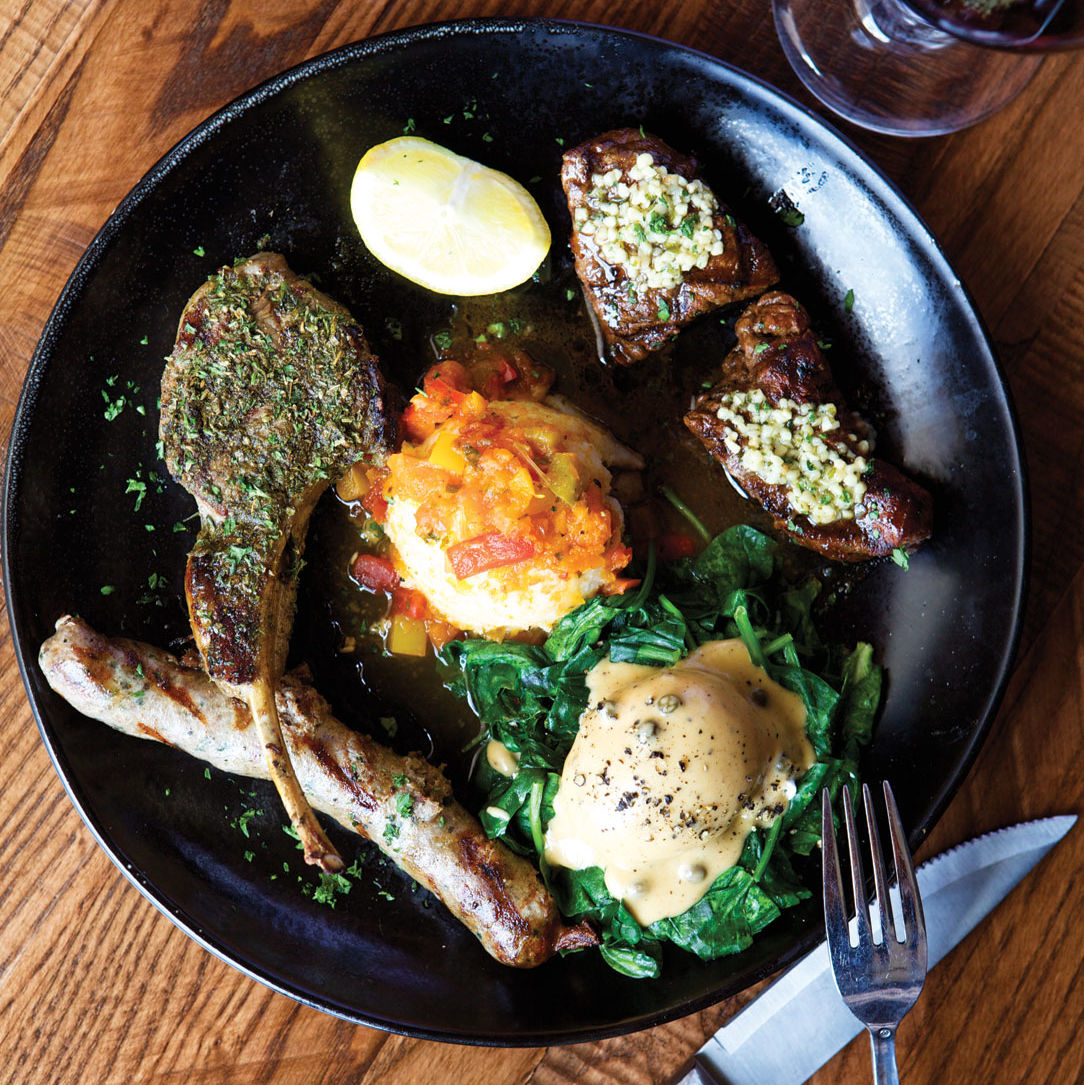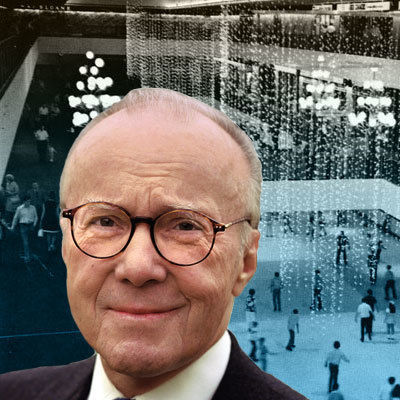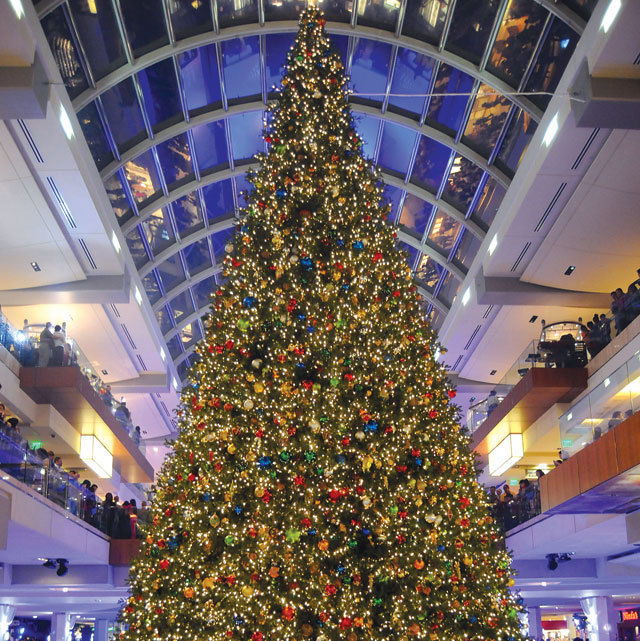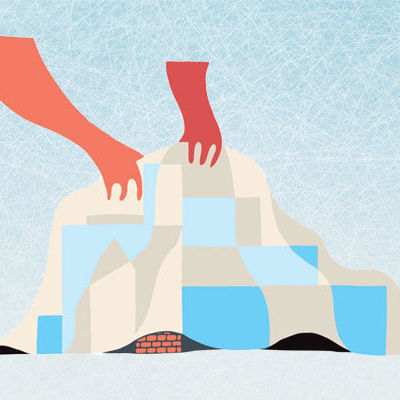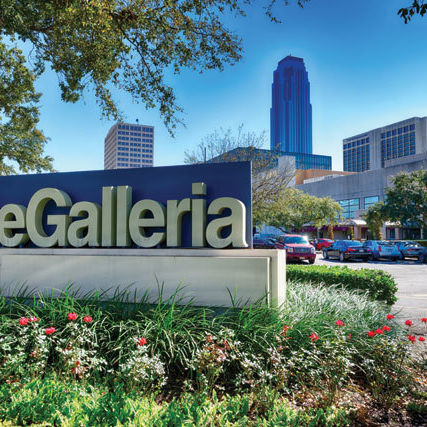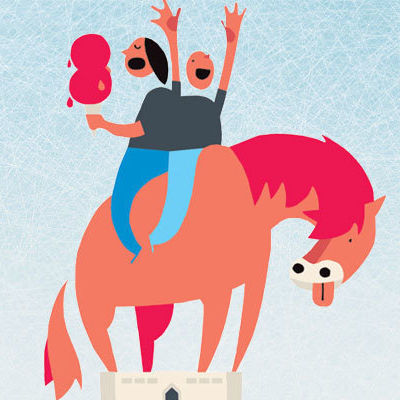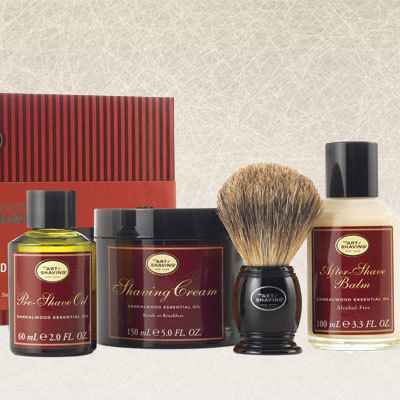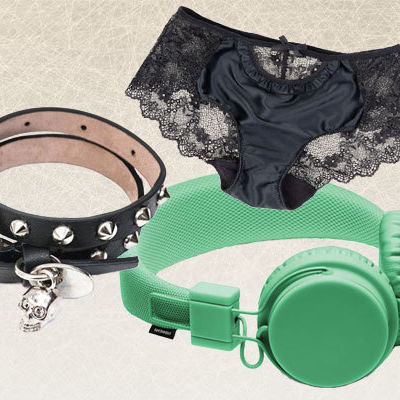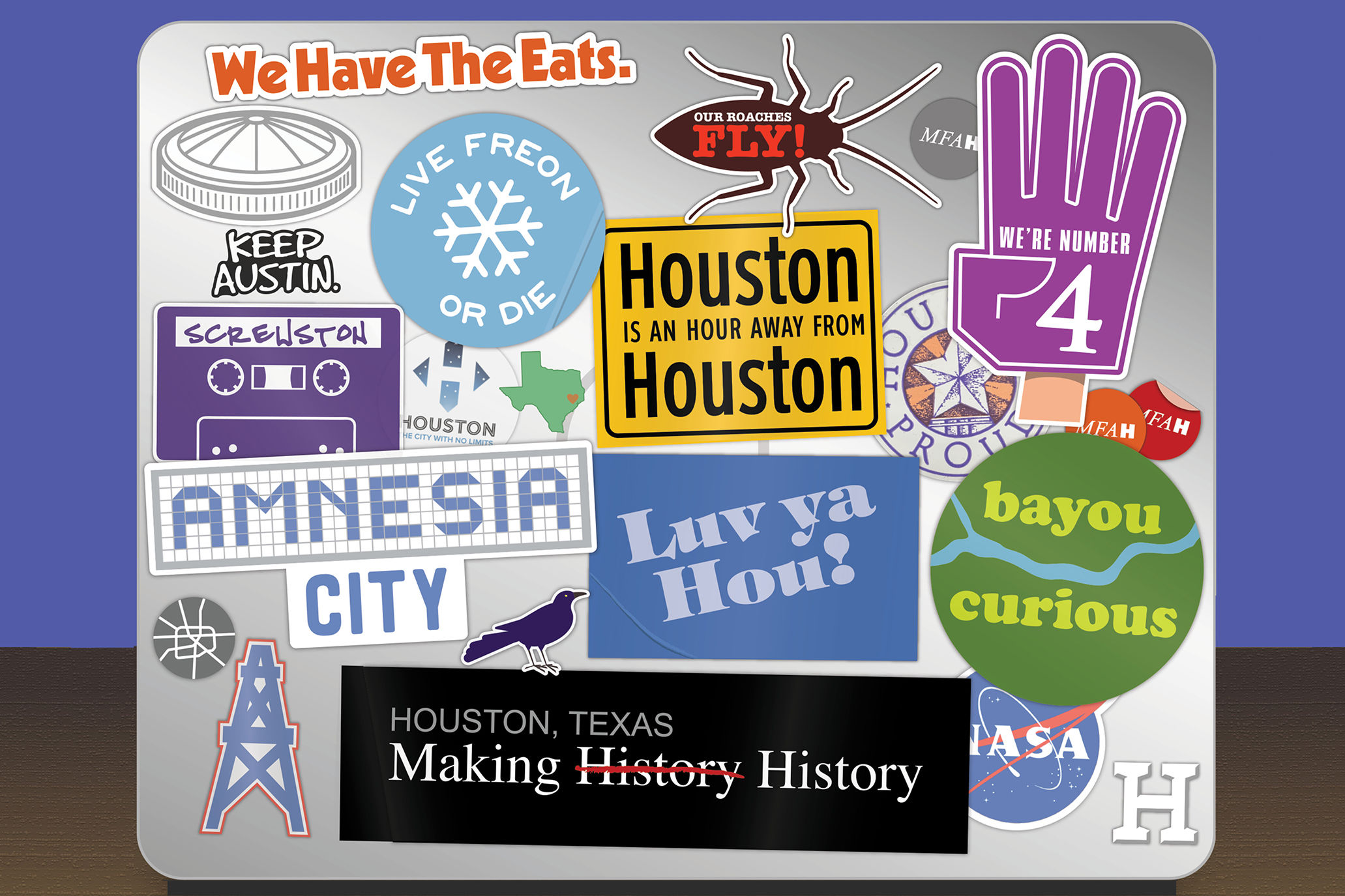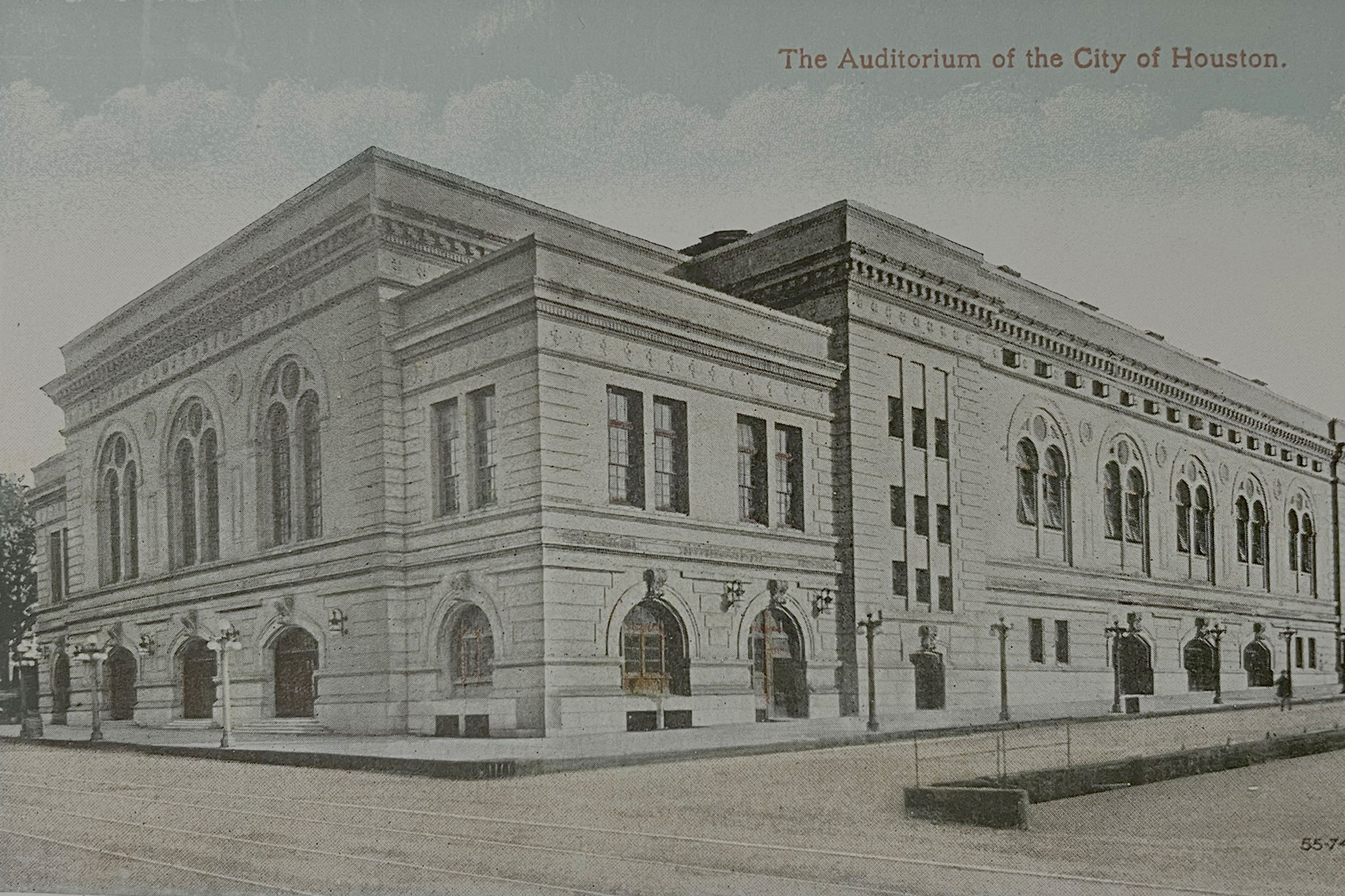'A Shopping Center It Is Not. It Will Be a New Downtown.'
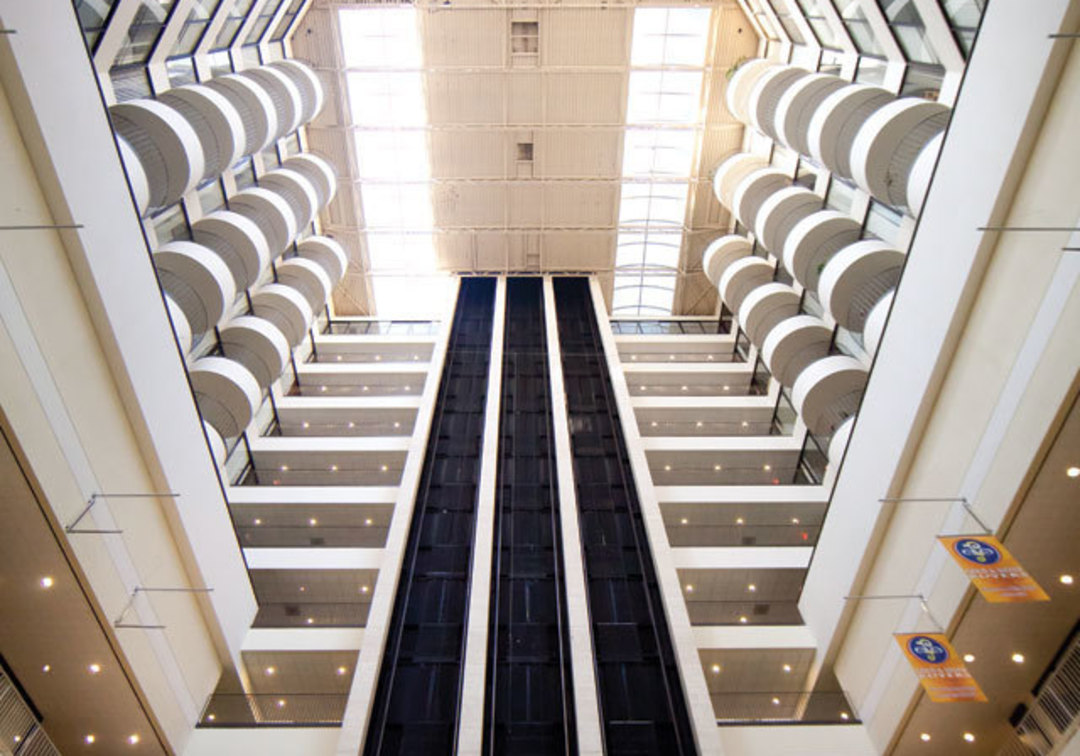
Image: Thomas Hawk
“A shopping center it is not. It will be a new downtown.”
So said Galleria developer Gerald Hines in 1969, about a year before the Galleria opened, just in time for Christmas, 1970. Not too many years prior, only a country store and a schoolhouse stood on that section of Post Oak prairie, a local reporter having described the area as a “lonely, unlit, pockmarked booby trap for nocturnal animals and boozed up motorists.”
The country store was demolished to make way for Joske’s, the school was scrapped to make way for Neiman Marcus, and then, on November 16, 1970, voila: 600,000 square feet of enclosed, climate-controlled shopping space on three levels surrounding an ice rink—an ice rink, in Houston!—all beneath the now iconic, barrel-vaulted skylight.
According to contemporary Houston Chronicle and Houston Post accounts, grand-opening traffic choked Westheimer and Post Oak Boulevard in all directions. Police stood guard outside shops and stores, turning away hordes. For months, cash registers at Oshman’s jingled as the sporting goods store struggled to keep up with the citywide run on ice skates. Booster types started calling the area the Magic Circle.
The rink was Hines’s masterstroke on the making of the Galleria. Having noticed that ground-floor rents at Gulfgate Mall were a fraction of those at the upper level, Hines wanted some kind of attraction to anchor and enhance his own mall’s first floor. But what would it be? It was architect Gyo Obata who suggested the rink. “Hell, no one has put an ice-skating rink in the middle of a mall before,” Hines replied. So in it went, and the throngs followed. Rents on level one matched those above, and all because, as Hines put it in a Houston Public Library oral history, “We had people promenading. People love to watch other people.”
Forty-three years later, the Galleria remains a people-watching nirvana. It’s still the mall with it all: African men in colorful dashikis, chic Persian women in headscarves; devout Saudi women in embroidered abayas; local Uptown fashionistas sporting the latest from Kors, Spade, Vuitton, and Prada; giggling, hormone-addled Mexican-American teens on quinceañera outings; swaggering hip-hop kids of every hue. It’s our hub for glitz and glamor—the prime spot for local celebrity spotting. (Look, George Foreman and one of his several sons named George is shopping for PlayStation games!)
The Galleria is an experience, whether you come home with a $7 smoothie or a $25,000 diamond ring, and never more so than at Christmas, when the ice rink’s fairy-lit leviathan of a tree brings Rockefeller Center flair to the phantasmagoria of consumerism, never more intense than at Yuletide.
Three gargantuan expansions later, the Galleria now encompasses 2.4 million square feet scattered across 400 storefronts, two high-rise hotels, an office complex, and a health club. It anchors an area that includes the Williams Tower and Waterwall, an ever-growing procession of high- and mid-rise office and residential towers, and 15 or so consulates-general.
The name Magic Circle came and went, replaced by the prosaic Galleria Area, which somehow stuck for decades. But now that’s fading too, newcomers and long-timers alike having tentatively embraced Uptown as the moniker of choice. The only thing we will never call the Galleria, it seems, is what it is—a shopping center.
